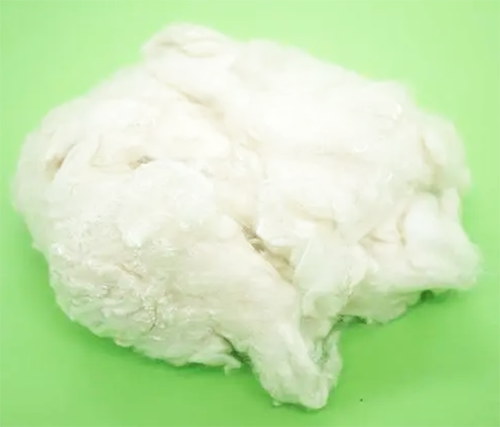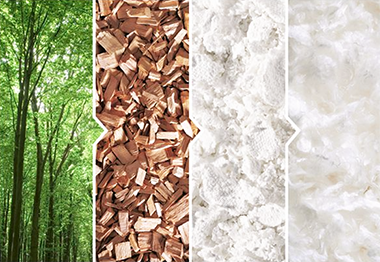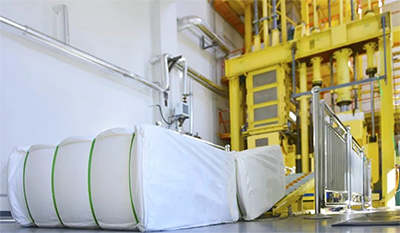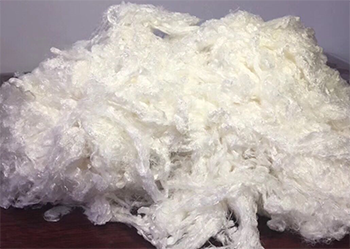Method For Manufacturing Flame Retardant Viscose Fiber
The methods of making flame retardant viscose fiber are generally treatment, grafting copolymerization and blending.
1. Treatment
The primary fiber after spinning is impregnated in a solution containing flame retardants, and then it is pressed, dried and heated to give the surface of the fiber flame retardancy. This method has the advantages of simple operation, low cost, small strength loss of fiber and obvious flame retardant effect. However, the washing resistance is poor, the flame retardant is easy to lose, and the flame retardant is not durable.
2. Graft copolymerization
Some reactive groups that can act as flame retardants are grafted on cellulose macromolecules to achieve flame retardancy. This method can make the flame retardant can exist on the fiber surface for a long time and stably, and the flame retardant effect is durable. The process is convenient and the production cost is low. However, the grafting reaction will produce a large amount of homopolymer, which leads to the obvious decline of the physical and mechanical properties of the fiber.
3. Blending method
The spinning stock is mixed with flame retardant to make the fiber have permanent flame retardant effect. Because during spinning, the fiber formed by the solidification of the solution covers the flame retardant, the residual rate of the flame retardant after fiber formation can generally reach about 90%. The physical and mechanical properties, feel, washability, light resistance and skin contact toxicity of the fibers prepared in this way are superior to other methods. This method is widely used, the process is simple, but the requirement of flame retardants is high. The requirements for flame retardants in the blending method are as follows:
1) The particle size of the flame retardant is <1um, and it has good dispersion and stability in the spinning solution, and will not condense and settle.
2) It has hydrophobicity, low loss in spinning coagulation and washing process, and little pollution to spinning coagulation bath.
3) Good acid and alkali resistance.
4) In order to make the flame retardant residue in the fiber more than 95%, if the flame retardant is linear molecules, the molecular weight is required to be as high as possible.
5) The woven fabric can withstand bleaching.



